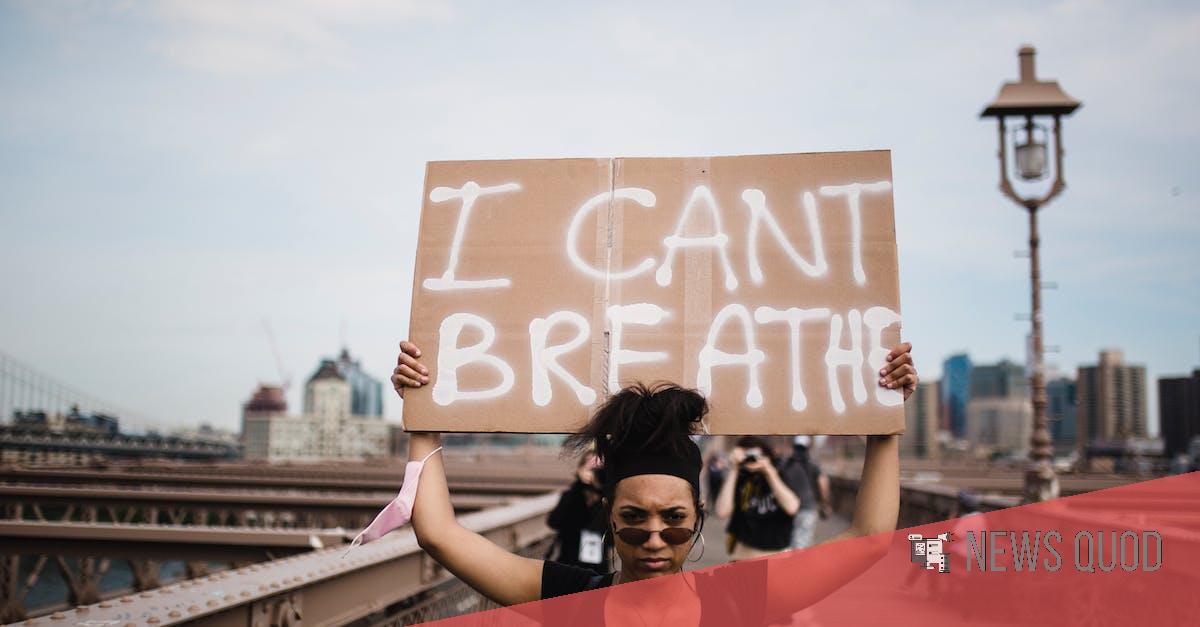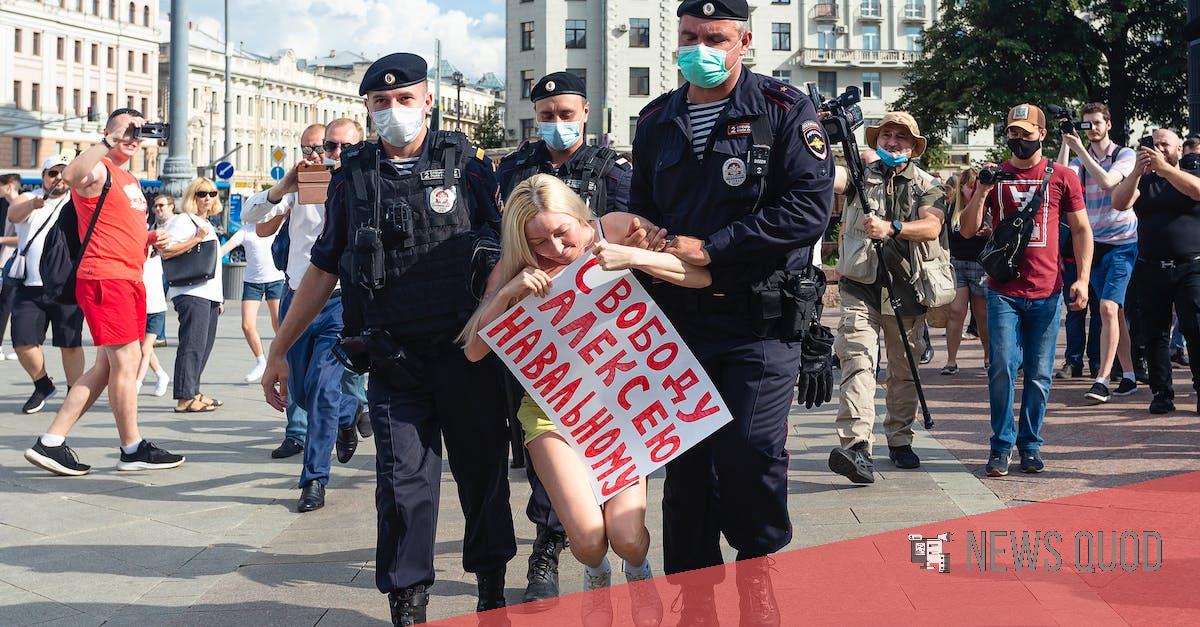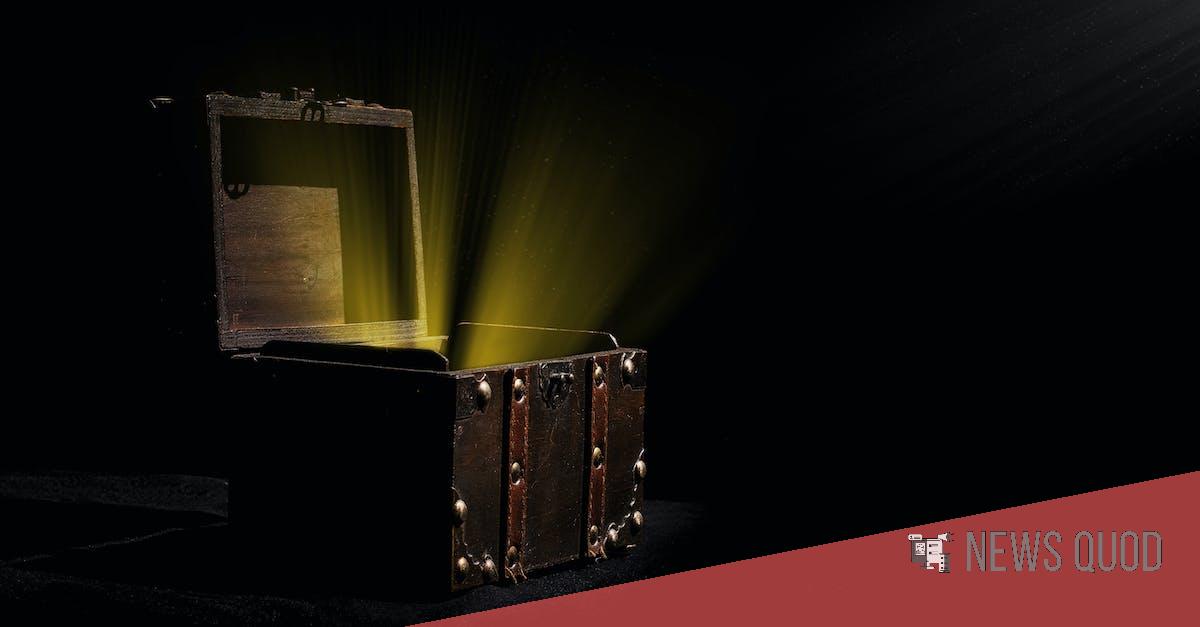How to Use Social Justice Resources to Create an Inclusive Classroom Environment

The importance of social justice education in Keducation continues to be an important topic of debate across the country. Some believe that the inclusion of classes in which social justice are taught is optional, it would negative impact students already marginalized and face marginalization at school. We’ve created a no-cost checklist of social justice-related lesson plans for teachers and other sources to assist people working on those topics. It should be noted that this list is an initial guideline; numerous additional resources are also accessible to those looking to begin or progress in their quest for inclusion.
Teachers and administrators are encouraged to look into GLSEN Educator Resources and The Zinn Education Project as valuable sources for social justice issues in the classroom and beyond. Zinn Education Project offers a range of workshops and materials that can be used for teaching students about “people’s past” like Islamophobia as well as climate changes. Since the project’s inception, more than 2,000 teachers participated in training courses. Now, they are able to design their own curriculum and curriculum. The project has a wide range of educational resources that are available for use in the classroom.
Are you aware of the fact that body image is a major social justice issue? Check out the website of Body Happy Org to gain a greater insight into how our attitude towards the body can affect our mental health. Their site states “Body image issues don’t solely affect participation by youngsters in the classroom however, they may also impact whether or not they even attend.” Visit this page to look up lesson plans that you can use that you can use for class. Also, visit their websites to find out more information about ‘Acres and a Mule (multimedia game) and watch other videos and songs.
Kindergarten is a global platform designed to help families of children as well as early childhood educators and institutions. Kindergarten is a platform that promotes LGBT and trans-inclusive education. Visit the webpage above to read alouds and poems along with workshops and shops for mutual aid. Additionally, they offer daily word-of-the-day that are specifically designed for the youngest learners. They also offer resources such as Woke Read-Alouds (via videoand Gender Inclusive Classrooms, both essential topics for education in recent years concerning rights of LGBTQStudents in schools.
Rainbow Club is an excellent source for definitions and inclusive school guidelines. Additionally, you may be interested in Queer Kid Stuff YouTube channel. To learn more about how to begin such a club, you may take a look at the Teaching Guide created in collaboration with Teaching for Change, which will provide parents and teachers with useful tools to create the right environment to encourage pupils to write, read and contribute to the improvement of the world while forming meaningful connections to the real world.
There is a chance for us to promote inclusion in our classrooms in order to be global citizens. To achieve this goal, Anti-Bias Education provides a vast array of educational resources to educators, which include reviews of books and other articles. Facing History & Ourselves also has trainings available for schools, as well as a network made up of partner schools, in addition to training and assistance for administrators and teachers. Its programs are customizable to meet the specific needs of every school, including subject-specific material to theories of pedagogy. To learn more about how you can bring Facing History & Ourselves to your school, please visit their website.
Conclusion
There is a Rainbow Club in your school can be a great resource to encourage LGBTQ+ equity and inclusion. Queer Kid Stuff’s YouTube channel is a great source of valuable education and information. Teaching Guide by Teaching for Change Teaching Guide by Teaching for Change will give teachers and parents all the information they need to establish an environment that encourages students to learn more about real-world problems and to connect with their peers. Students will be empowered by their experiences to develop a culture of inclusion with the help of the guidelines.








